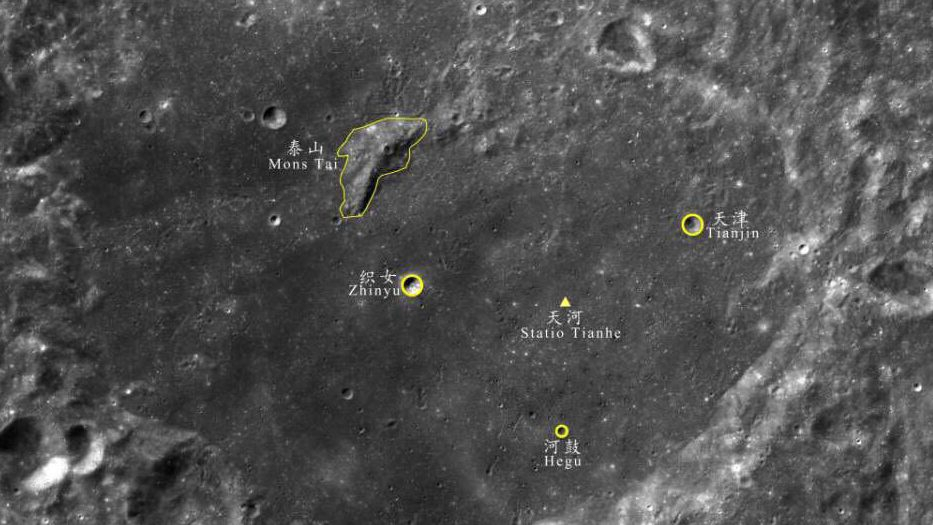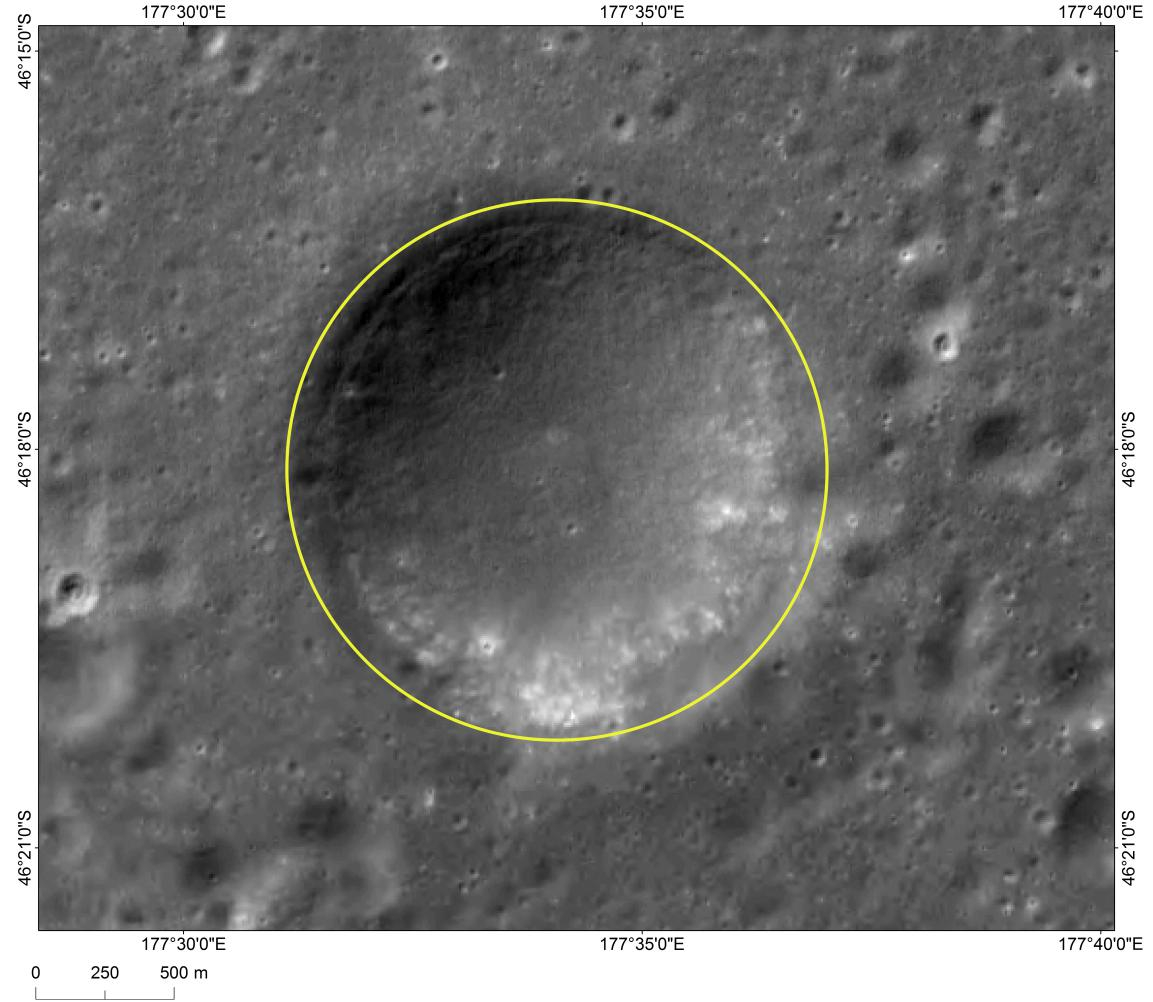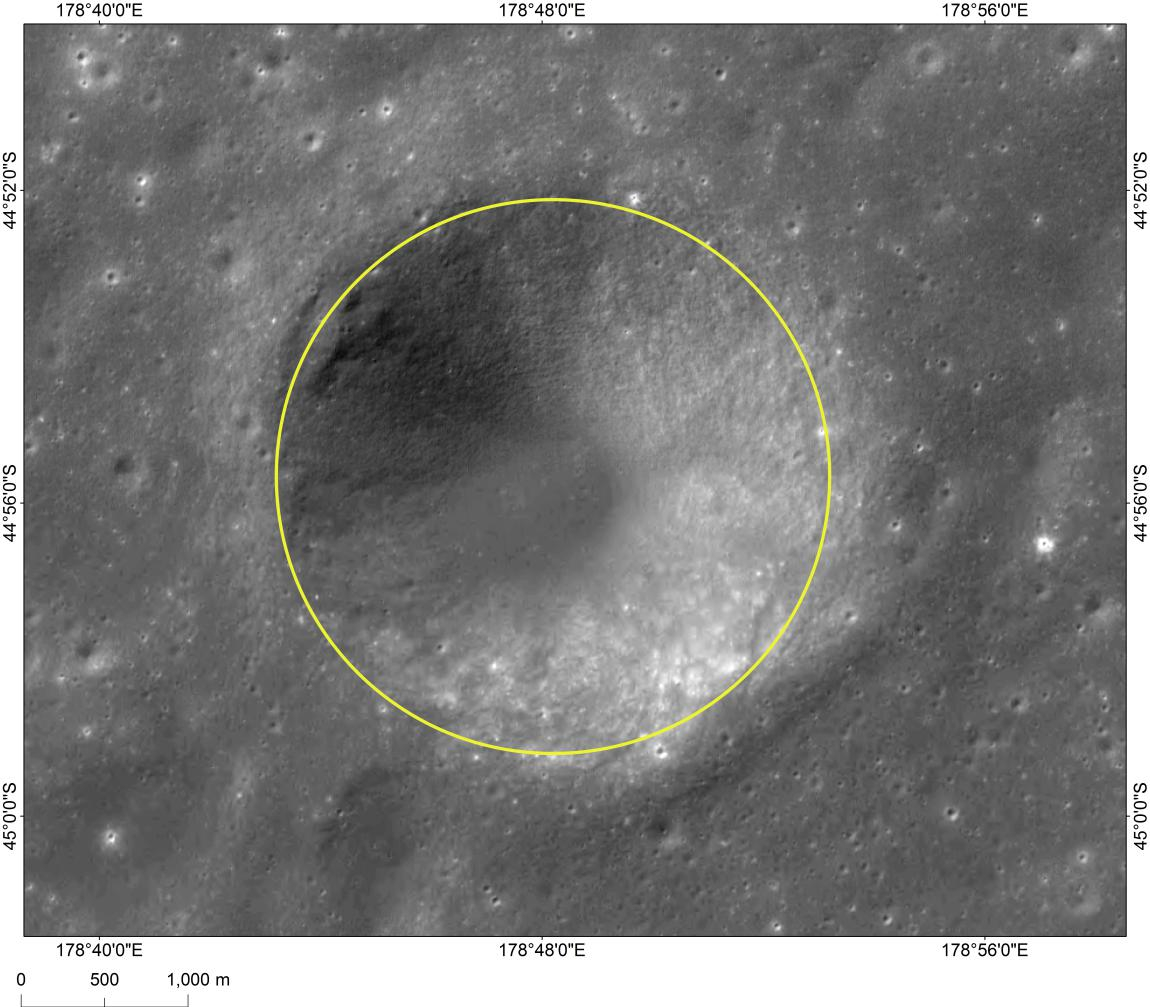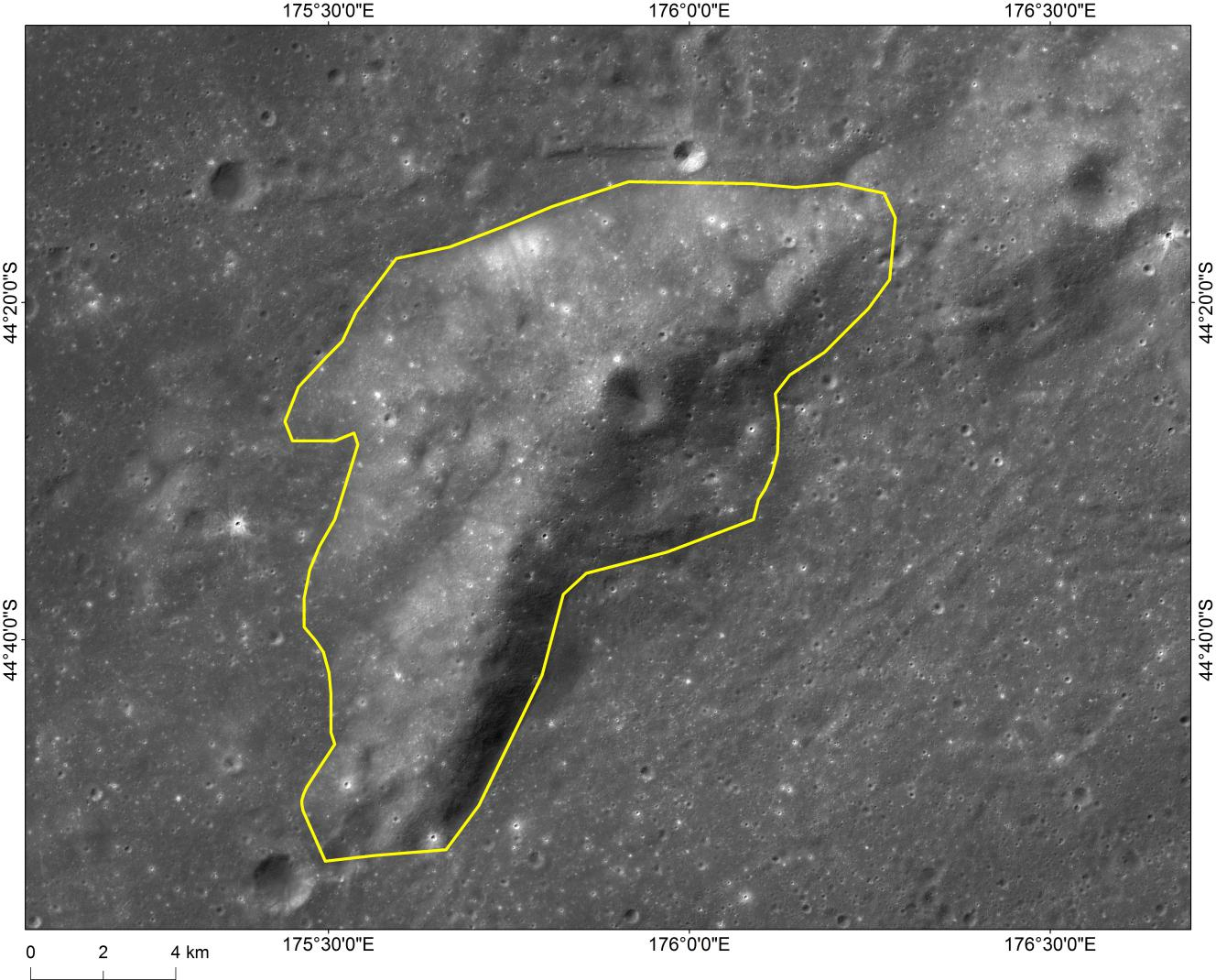
Technology
14:26, 15-Feb-2019
Chinese scientists name Chang'e-4 landing site, other geographic entities
Updated
22:19, 15-Feb-2019
By Liu Yuyao, Zheng Yibing
01:31

Chinese scientists declared that the landing site of the Chang'e-4 lunar probe on the Moon's far side has been named as "Statio Tianhe" during a joint press conference by the China National Space Administration, Chinese Academy of Sciences and the International Astronomical Union on Friday.
The name "Tianhe" originates from the Chinese name for the Milky Way, which was the sky river that separated Niulang and Zhinyu in the folk tale "the cowherd and the weaver girl."
The International Astronomical Union has also approved four other names for features near the landing site.

The Zhinyu crater /CNSA Photo
The Zhinyu crater /CNSA Photo
In keeping with the theme of the folktale mentioned above, three small craters that form a triangle around the landing site have been named Zhinyu, Hegu and Tianjin, which correspond to characters in the tale.

The Hegu crater /CNSA Photo
The Hegu crater /CNSA Photo

The Tianjin crater. /CNSA Photo
The Tianjin crater. /CNSA Photo
They are also names of ancient Chinese constellations from the time of the Han Dynasty.
The fifth approved name is Mons Tai, assigned to the central peak of the crater Von Karman in which the landing occurred.
Named after Mount Tai, a mountain in east China's Shandong Province, it is located about 46 kilometers northwest to the landing site, with an "altitude" of -4,305 meters. This is the first time for China to get approved to independently name a lunar geographic entity after a mountain.

Mons Tai, the central peak of the crater Von Karman /CNSA Photo
Mons Tai, the central peak of the crater Von Karman /CNSA Photo
China's Chang'e-4 probe, launched on December 8, landed on the Von Karman Crater in the South Pole-Aitken Basin on January 3, marking the first-ever soft landing on the far side of the Moon.
(Cover: Chang'e-4 probe's landing area /CNSA Photo)

SITEMAP
Copyright © 2018 CGTN. Beijing ICP prepared NO.16065310-3
Copyright © 2018 CGTN. Beijing ICP prepared NO.16065310-3